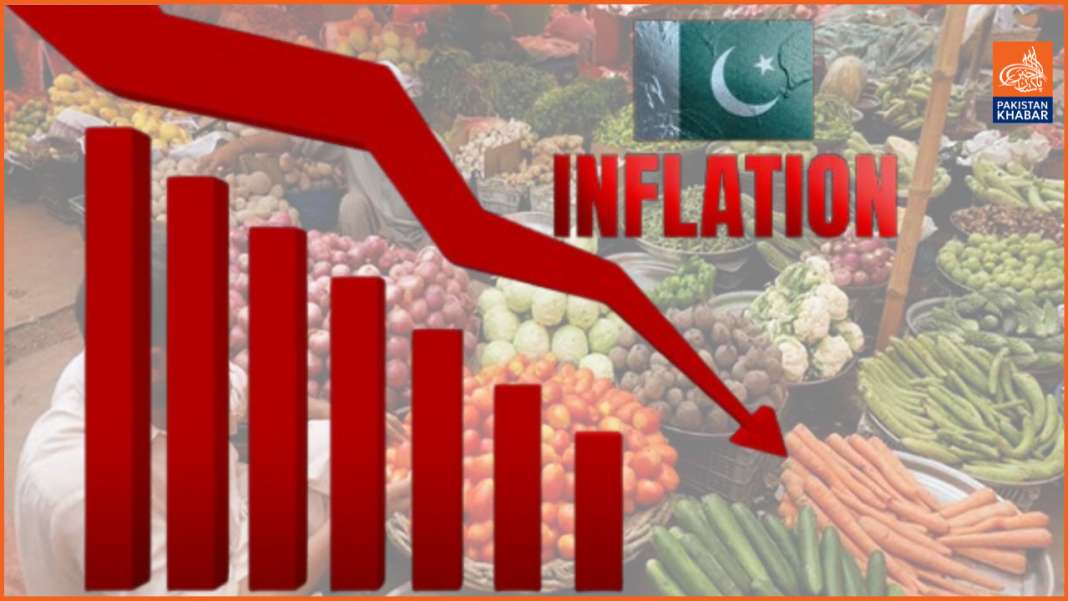Pakistan’s inflation rate has dropped to a near-decade low of 2.4% in January 2025, providing some economic relief and putting pressure on the State Bank of Pakistan (SBP) to cut interest rates further. This marks one of the lowest inflation levels since November 2015, when it stood at 2.7%. Despite the positive news, the Economic Coordination Committee (ECC) of the Cabinet remains concerned about rising costs of essential goods like sugar, vegetables, and edible oil.
According to the Pakistan Bureau of Statistics (PBS), urban inflation slowed to 2.4%, while rural areas saw an even sharper drop to 1.9%, driven primarily by reduced food prices. Perishable food items like vegetables experienced a significant price fall of 10%, alongside a 34% drop in wheat and flour costs due to lower support prices. Core inflation, excluding energy and food, also showed a decline, highlighting an overall easing of price pressures.
The SBP recently lowered interest rates to 12%, but these rates remain much higher than inflation, raising questions about the central bank’s cautious monetary approach. A rate cut could reduce borrowing costs, saving the government significant debt servicing expenses and creating room for businesses to expand.
Despite the easing inflation, challenges persist. The ECC has urged authorities to better manage supply chains and ensure strategic reserves of key items ahead of Ramadan, aiming to prevent price surges. It also called for strict measures to curb profiteering and support consumer welfare.
While this downward trend in inflation offers hope, the SBP has warned that rates may rise again later in the year as economic conditions shift. For now, however, the drop brings some breathing space for both policymakers and the public.




